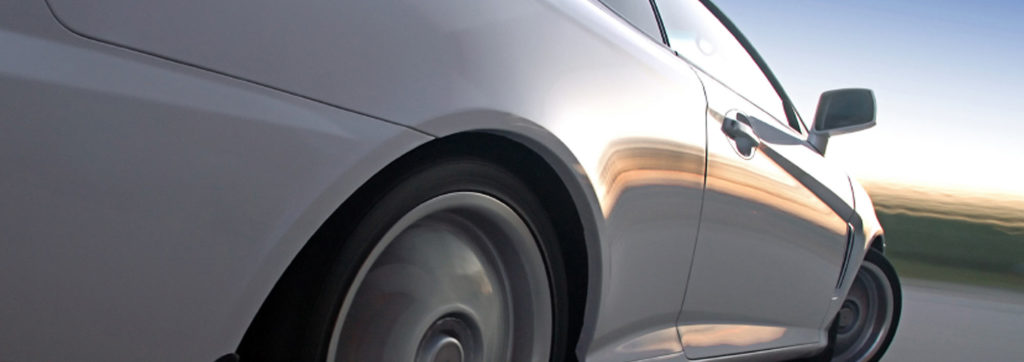How does a car’s design influence its future residual value?
02 June 2020

2 June 2020
In part 2 of a five-part series, Ana Gutierrez, head of production at Autovista Group’s Car To Market & Consulting in Madrid and senior market analyst Stefano Adami, explore how design impacts residual values.
In order to predict the prospective residual value (RV) performance of a newly launched vehicle, experts base their analyses on statistical models and both historical and current data. But they also carry out detailed examination of the attributes of the car itself. One of those attributes is the design.
Why does the exterior design of a car play an important role in its residual value? Because car design conveys value, and the more the value perception of a model is triggered, the more stable residual values become.
There are different aspects to the overall exterior design that OEMs should take into consideration when designing a new car for successful RVs once it enters the used car market.
Emotions
The exterior design has to appeal to the buyers’ emotions, which in turn induces more desirability, creating more demand. In some cases, single eye-catching details of the vehicle’s design are valuable elements in generating desirability. For example, the perception of modernity and a technology-centred approach can occur in the LED lighting design. High-tech features are an important factor when it comes to estimating value and especially when considering the future used-car market. The more appealing and emotional a car looks to the potential buyer in the new and used-car markets, the more a prospective customer is willing to pay (particularly private buyers).
The lack of appeal to the emotions and communication of value in the new-car market reduce desirability and demand in private buyers, leading to a bigger share of fleet, OEMs self-registrations and daily rental sales in order to achieve sales targets. This will create aggressive pricing (cash discounts) and models that are not properly equipped for private customers on the used-car market, harming RVs.
Timeless
Another important design element to consider in terms of RVs, is the effect the passage of time will have on the appearance of the car, which is crucial in regard to its life-cycle performance. It is very important that the design of a new model takes into consideration the trends and potential future developments in the segment, otherwise there is a high risk of launching a vehicle which will look outdated on the used-car market, or at least older than its competitors will.
The time effect on used-car performance is much more relevant than on the new-car market, because trends have a higher impact in the future; therefore, a timeless design, which appears fresh and modern even after several years, will be beneficial to the development of the RV of the car. The perfect new-car design should also allow the car to be successful on the used-car market by combining emotional appeal with a fresh appearance, which can be maintained over the years.
This is not always easy to achieve, as very eye-catching and emotional elements could pose the risk of being seen as controversial or polarising, especially in the future used-car market. For example, a bold design at the rear of the car might help with new-car sales, because it is out of the ordinary, but it could harm the residual value of the used car, because it may not match the future trends within the segment. A new car featuring the right balance between the two extreme intentions of design – controversial and conservative or emotional and timeless – will have a better residual value.
While designing the interior of the new car, manufacturers should also consider the above-mentioned aspects for a successful RV formation, as first-value promises are made by the exterior appearance, but have to be maintained in the interior to avoid disappointment when, for example, a very stylish exterior is offset by a bland interior. Attractive design in the interior is supported with a good balance of eye-catching details and enduring design, but without forgetting a modern and high-tech appearance. Technology is a very important factor that conveys attractiveness and value and is much more important when considering the future used-car market.
Besides the design of the car itself, the brand’s relevance is another important factor in terms of RVs. Brands with a well-known design language and identity will enable their models to achieve better residual values by generating value promises, easy recognition of the individual models and more trust in the brand’s products. This works especially well with brands such as Volkswagen and Mazda, because the design language of their models stays in style for longer, leading to stronger demand and better RVs.
In conclusion, the exterior and interior design of a new car is very important for successful residual value management, especially because it is a characteristic of the car decided on the early phase of the launch process and is difficult to modify over the life cycle. Adequate decisions form OEMs in the design of the new car considering the future used-car market are key for successful RVs.
Part 1 of the series is available here